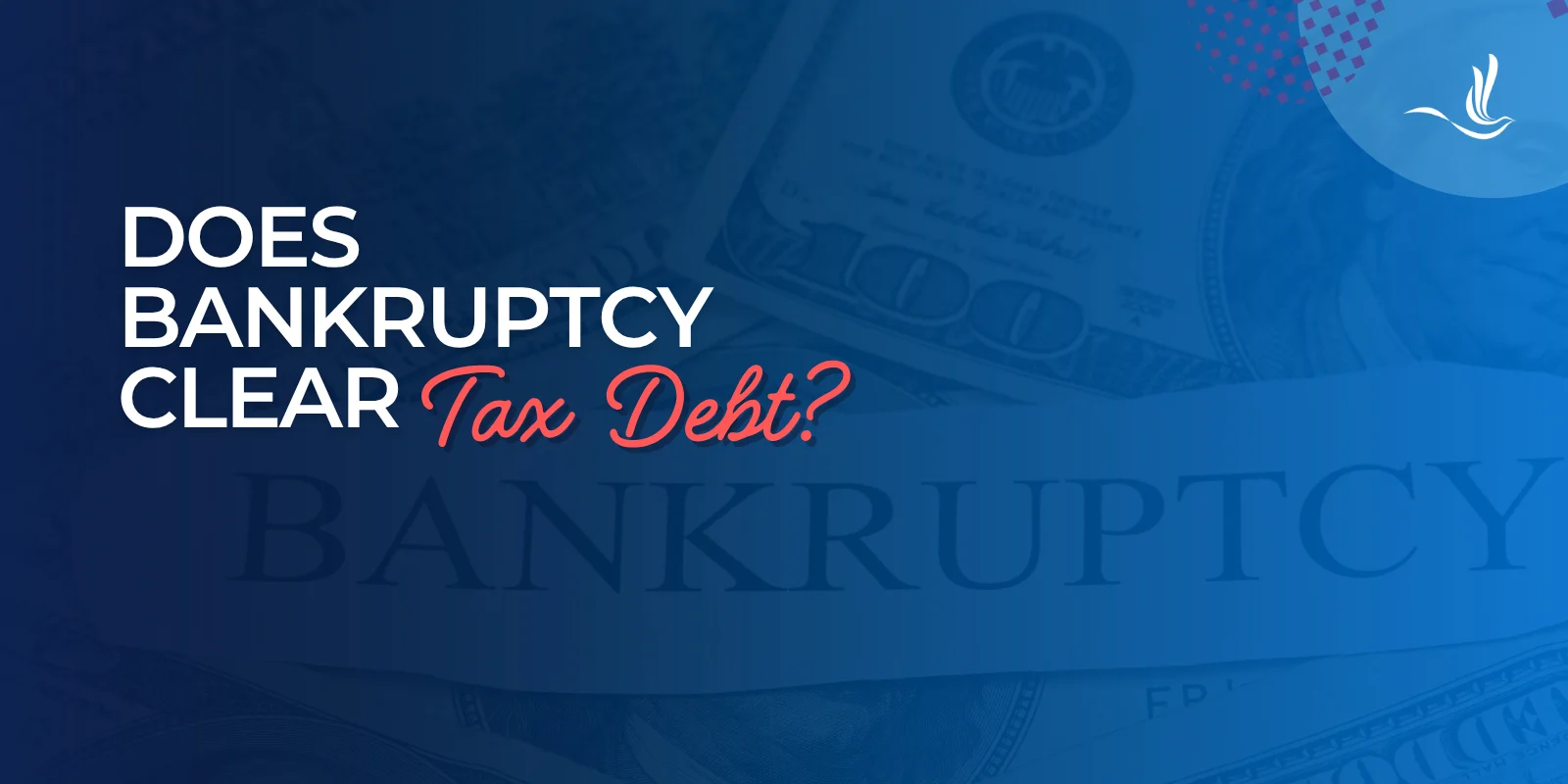Updated tax brackets for the year 2025.
Your tax bracket shows you the tax rate that you will pay for each portion of your income. Below, we go over some helpful examples and address myths about how tax brackets work.
At a glance:
Tax brackets determine the tax rate you pay on each portion of your income.
The U.S. has a progressive income tax system, meaning higher incomes are taxed at higher rates.
Your tax rate only applies to the income within that bracket, not your entire income.
Your effective tax rate is the total tax liability divided by your taxable income.
What tax bracket are you in, and what does that really mean?
Your tax bracket, roughly speaking, is the tax rate you pay on your highest dollar of taxable income. It is not the tax rate you pay on all your income after adjustments, deductions, and exemptions. Your bracket only determines your individual income tax rates for each additional dollar of income (ignoring the effects of rounding).
What tax bracket you fall in also depends on your filing status: single, married filing jointly, married filing separately, or head of household.
We have federal tax brackets in the U.S. because we have a progressive income tax system. The progressive tax system ensures that all taxpayers pay the same rates on the same levels of taxable income. That means the higher your income level, the higher the tax rate you pay. Your tax bracket (and taxes you are responsible for) becomes progressively higher the more income you make.
In a progressive tax system, tax rates are based on the concept that high-income taxpayers can afford to pay a higher tax rate. Low-income taxpayers pay fewer taxes overall and are taxed on a lower percentage of their income.
Federal income tax brackets
Find your bracket in the following chart based on your filing status and 2025 income.
2025 tax brackets
Tax Tip: Still not sure which IRS tax bracket you are in? Estimate your tax rate with our tax bracket calculator or your income tax with our tax calculator.
Example: How do tax brackets work?
Let’s look at an example. Say you’re single with no dependents, and your taxable income is $9,000. Your marginal tax rate, according to the Federal Income Brackets chart above, is 10%. This means you pay $900 in income tax. Simple, right?
What if your taxable income is $19,000?
As a single filer, you’re now in the 12% tax bracket. However, that doesn’t mean you pay 12% on all your income.
Instead, you pay 10% on the first $11,925, plus 12% of the amount over $11,925.
Here’s the math and how it works:
What if your taxable income is $115,000?
As a single filer, you moved up to the 24% bracket, so things get a bit more complicated. In this case, you pay:
10% on the first $11,925,
12% of the amount between $11,926 and $48,475,
22% of the amount between $48,476 and $103,350, and
24% of the amount over $103,350.
Here’s the math (we’ll round to the nearest dollar):
What is my effective tax rate?
Your effective tax rate (ETR) is your total federal income tax liability divided by your taxable income (earned income and unearned income) — AKA the percent of your income that you pay in taxes.
In the $115,000 example above, your effective tax rate would be:
$20,447 (amount of tax owed) ÷ $115,000 (total income) = 17.78% ETR
So, while your highest tax bracket would be 24% in this example, your income would be taxed at an average rate of 17.78%.
Keep in mind, your ETR does not generally take into account any state income tax or local taxes you may owe.
Busting a tax bracket myth
Some people think that if their income increases and they are bumped into a higher tax bracket, they will pay taxes at a higher rate on all their income. With this reasoning, some tax filers believe they may have less money left over than they would if they had earned less.
Using the examples above, you can see that’s not true.
Each dollar you earn only affects the federal income tax rate and taxes owed on additional income. It does not change the rate applied to dollars in lower tax brackets.
Unless you are in the lowest bracket, you are actually in two or more brackets. If you are in the 24% tax bracket, for example, you pay taxes at four different rates: 10%, 12%, 22%, and 24%.
Based on the tax brackets, you always have more money after taxes when you earn more income. But, of course, rates are not the only factor in your final tax bill. When you start earning more, you may lose tax benefits that phase out at higher income levels, such as tax credits for higher education. Because of this, it might make sense to avoid higher tax brackets in some tax scenarios.
It also pays to use tax software like TaxAct® as a tax planning tool to see how different levels of income affect your tax benefits and final tax bill.
How to use the tax code to lower your taxable income
Let’s say you’re considering working overtime and making an additional $1,000 in a year.
If you know you’re in the 24% tax bracket, you’ll pay $240 in income tax on that extra money. You’ll also pay 7.65% in Social Security and Medicare taxes, plus any state tax and other mandatory tax withholding.
Earning an additional $1,000 is a great idea, but don’t be surprised when you discover that one-third or more of your overtime pay goes to taxes.
There are ways to lessen your tax burden on that extra income, though. For example, imagine you’re an itemizer contemplating making a charitable contribution before the end of the year. Knowing your income tax bracket and filing status can help determine how much your contribution will save you in taxes. Say you’re in the 22% tax bracket — that means every $100 you contribute to charity saves you $22 in federal income taxes. (Note that in 2025, you cannot take this tax deduction if you take the standard deduction; you must itemize.)
Knowing your tax rate also helps when you’re thinking about making retirement plan contributions. If you contribute to a traditional 401(k) plan or traditional IRA, you’ll reduce your state and federal income tax. In turn, that makes your contribution more affordable.
The bottom line
Understanding how tax brackets work is essential for effective tax planning. The U.S. has a progressive tax system, which means that while your income might push you into a higher bracket, you’re not paying that rate on all your earnings. Instead, you’re taxed incrementally, ensuring fairness based on income levels.
Using this knowledge, you can better navigate tax-saving strategies to lower your taxable income if necessary (like contributing to pre-tax retirement accounts). Remember, the more informed you are about your taxes, the more choices you can make that benefit your financial situation.
Ready to file your tax return? Get started today with TaxAct® as your DIY tax preparer — we’ll help make tax filing a breeze this year.
This article is for informational purposes only and not legal or financial advice.
All TaxAct offers, products and services are subject to applicable terms and conditions.





























